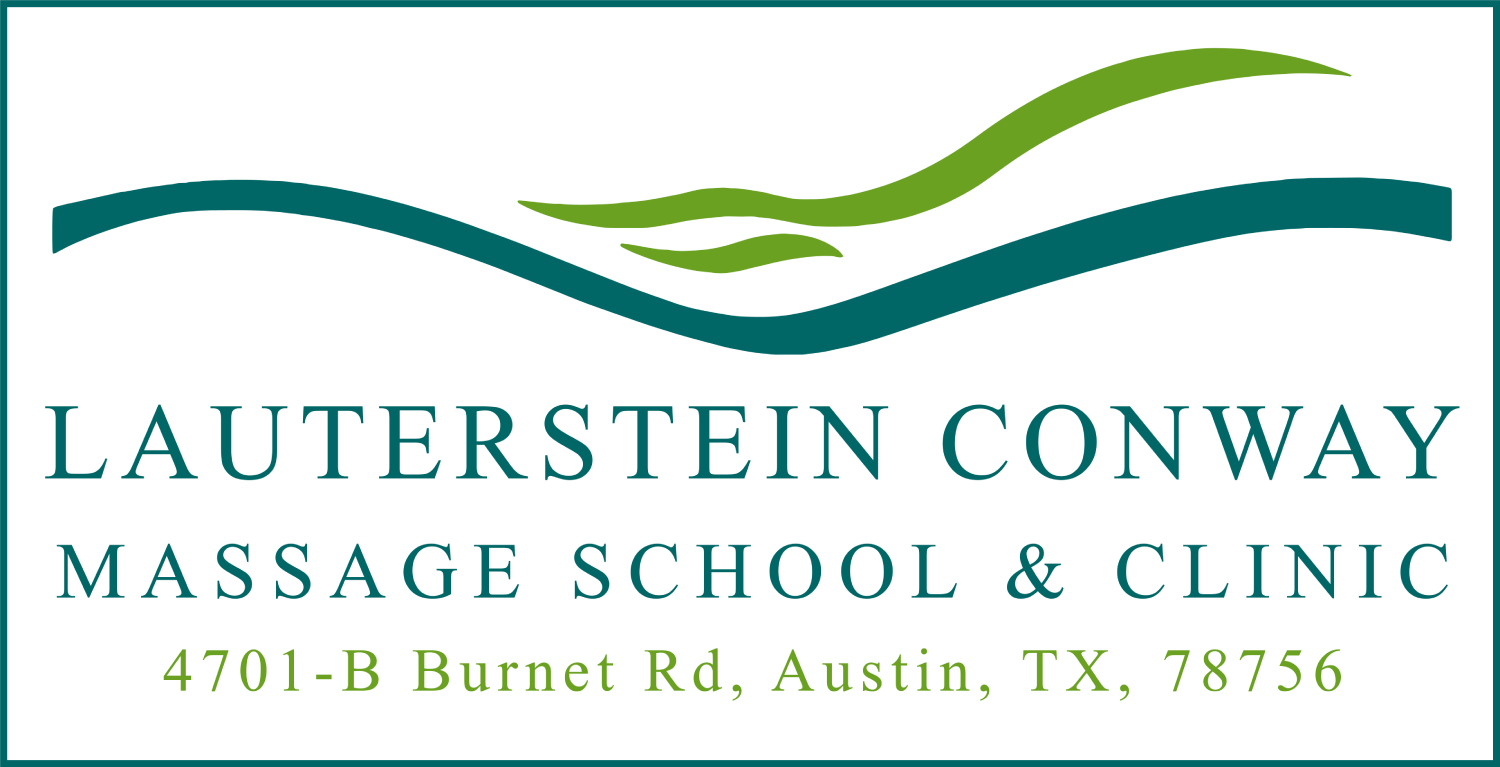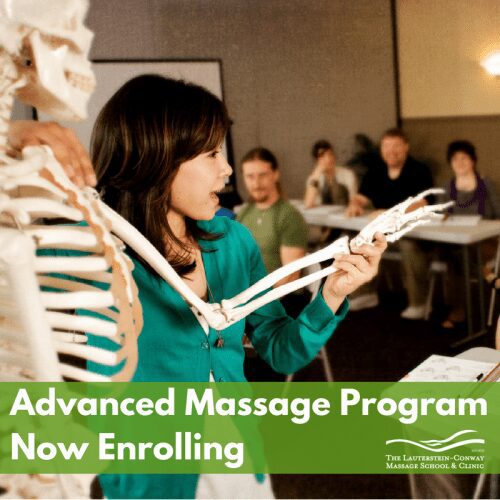
by Bethany | Jan 29, 2020 | Anatomy, Massage Careers, Massage Workshops, Types of Massage
How Orthopedic Massage Can Support Your Massage Practice Even licensed massage therapists need additional advanced trainings like a Orthopedic Massage certification to deepen their massage practices. Exploration in modalities like orthopedic massage therapy allows...
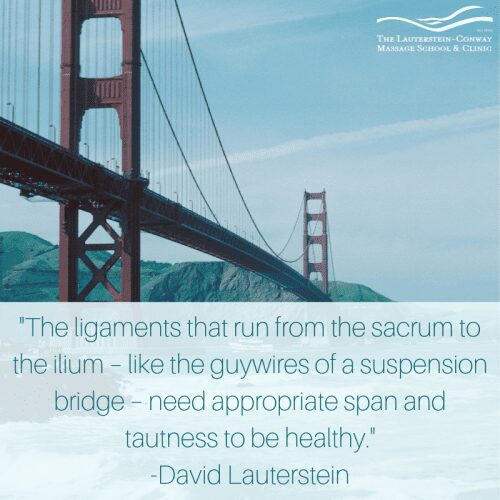
by Bethany | Oct 11, 2019 | Anatomy, David Lauterstein, Deep Massage, Massage Workshops
What a fascinating world that of the sacro-iliac is! By David Lauterstein The SI Joint is the transitional joint from the axial to the appendicular system. On a deeper level, the axial system is, in a sense, who we are and the appendicular can be viewed as how we...

by Bethany | Sep 20, 2019 | All Articles, Anatomy, Deep Massage, Massage Workshops, Sports Massage, Types of Massage
Muscle Specific Deep Tissue Techniques Can be Integrated into Any Session By Brian Utting The phrase ‘deep tissue work’ is used in so many contexts that it’s hard to know what it means anymore. To some practitioners, ‘deep tissue’ simply means deep pressure. To...

by Bethany | Mar 27, 2019 | All Articles, Alumni Stories, Anatomy, Deep Massage, Massage Careers, Massage Facts, Self-Care, Swedish Massage, Types of Massage
Educating Your Clients in Self-care is a Powerful Way to Support Their Health – and Your Business We put together this video as a tool to share with your massage clients to help them understand how to perform self-massage for the wrists and feel empowered to...
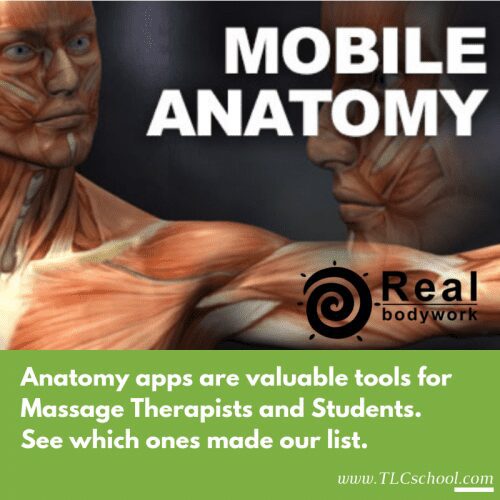
by Bethany | Sep 26, 2018 | All Articles, Anatomy
Whether you are just starting as a massage student are are already a therapist, there is no reason to be overwhelmed by anatomy. Why? Because technology affords today’s bodyworkers so many mobile resources. Here are some of our favorite anatomy apps for massage...
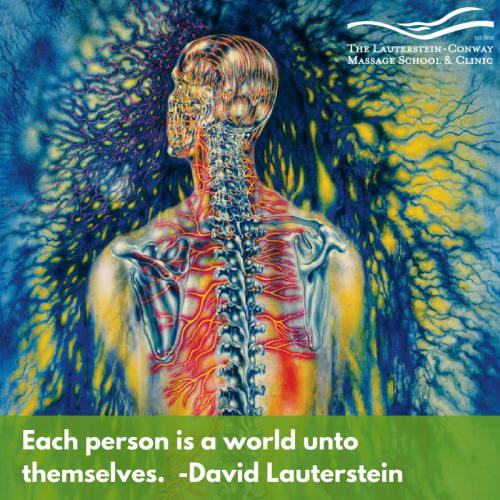
by davidl | Aug 24, 2018 | All Articles, Anatomy, David Lauterstein
Anatomy is a sacred genesis. We ought not consider the organs of the body as the lifeless forms of a mechanical mass, but as the living, active instruments of the soul.” – Pehr Henrik Ling When people first start massage school they are thrilled to give and...







